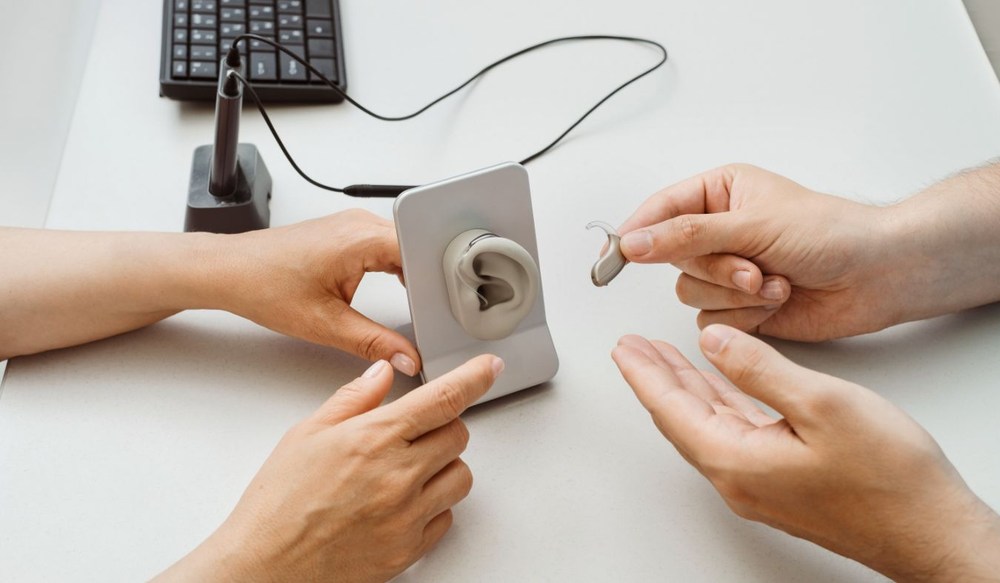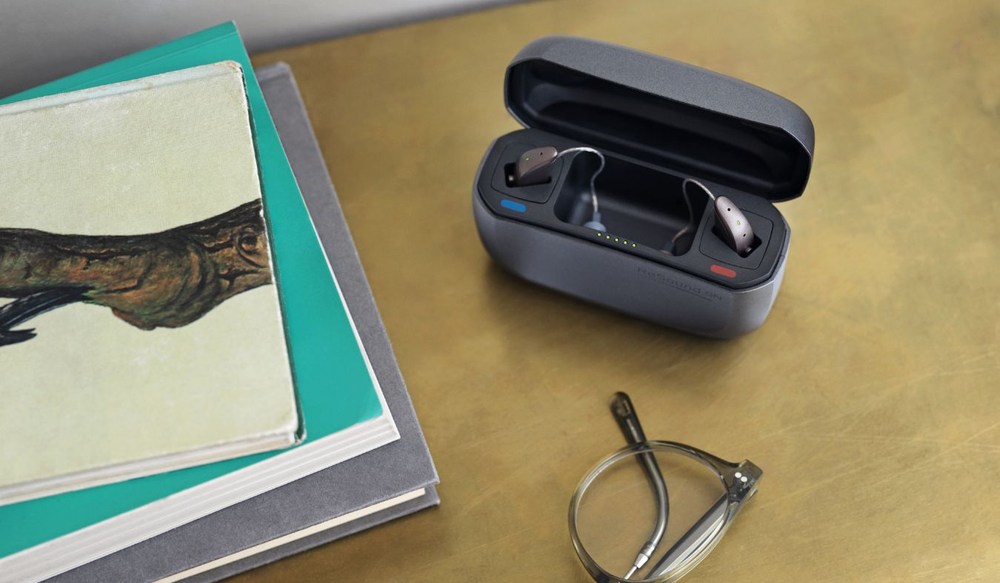Our ears are often what carry the load of accidental harm from neglect in our busy daily lives. From the allure of ear candling to the apparently harmless act of utilizing cotton swabs, our auditory health can suffer from these prevalent yet perilous practices. Below, we delve into four essential ways to safeguard your sense of hearing and keep your ears healthy.
Ear candling is a no-no
In spite of the total lack of scientific merit, the ancient practice of attempting to clear away earwax has recently gained some popularity. The process involves inserting a hollow candle into the ear canal and igniting the opposite end, with the notion that a vacuum is created, drawing out impurities. This practice, however, has been proven in several studies to not only be ineffective, but also very risky.
Not only does ear candling fail to clear away earwax effectively, but it also poses considerable hazards. Burns to the delicate ear structures, perforated eardrums, and exacerbation of existing problems can all be consequences of this practice. Also, the residue left behind after ear candling often consists of candle wax and debris as opposed to extracted earwax.
Medical professionals always discourage ear candling because of these findings. Both the Food and Drug Administration (FDA) and the American Academy of Otolaryngology (AAO) warn against this practice, emphasizing safer alternatives for ear hygiene.
Get rid of the cotton swabs
The appeal of cotton swabs for ear cleaning is unquestionable, with many people turning to these seemingly innocuous tools for maintenance. But there are more risks than benefits to inserting a cotton swab into your ear canal. Impaction and possible injury can be the outcome of using cotton swabs rather than actually cleaning out earwax.
The fragile nature of the eardrum makes it vulnerable to damage from outside objects, including cotton swabs. Pain, infection, and hearing loss can all be the results of perforations or abrasions of the eardrum. It would be better to seek professional help if necessary or otherwise rely on your ear’s self-cleaning ability rather than putting any object in the ear.
Mind the volume: safeguard against loud noise
In a progressively noisy world, our ears are continuously inundated by sounds of differing volumes. Exposure to loud sound is unavoidable, from attending sporting events and concerts to strolling down busy city streets to mowing your lawn. Nevertheless, sustained or excessive exposure can have harmful effects on auditory health, leading to noise-induced hearing loss or tinnitus.
It’s essential to use hearing protection and, if possible, avoid excessively loud settings in order to prevent damage. This includes wearing hearing protection, including earmuffs or earplugs, in noisy environments and limiting exposure to loud noises whenever possible.
In addition, when using personal audio devices, such as headphones or earbuds, maintaining a moderate volume and taking regular rests can help maintain hearing health.
Listen to your ears: act promptly on symptoms
Taking fast action when your ears begin to tell you that you’re starting to experience some degree of hearing loss is crucial to protect your ears from harm. Despite the availability of advanced treatments, including hearing aids, holding off on intervention can worsen hearing loss and complicate management.
If you have symptoms like ringing in the ears, difficulty understanding speech, or pain or pressure in your ears, it’s essential that you acknowledge it. Schedule an appointment with us right away if you encounter any of these symptoms. Early diagnosis and intervention can substantially improve outcomes and enhance your quality of life.
In conclusion, the health and well-being of our ears are paramount in navigating the sensory landscape of our lives. By adopting these four strategies, avoiding ear candling and cotton swabs, protecting against loud noise, and understanding early warning signs, we can preserve our precious sense of hearing and cherish the symphony of sounds that enrich our existence.
Call us today for an assessment if you are suffering from ear damage or hearing loss.



